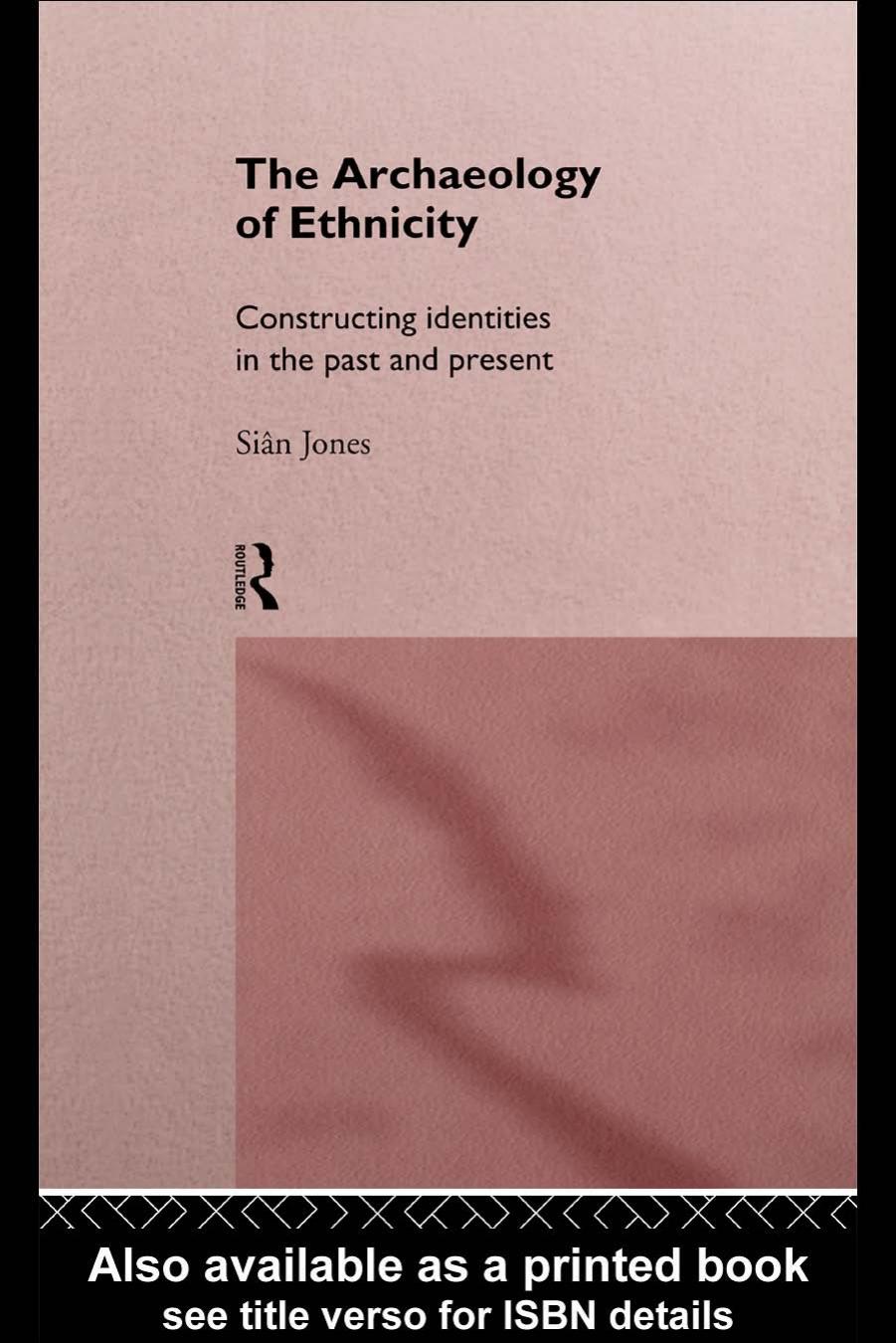The Archaeology of Ethnicity: Constructing Identities in the Past and Present by Siân Jones

Author:Siân Jones [Jones, Siân]
Language: eng
Format: epub, pdf
Tags: Archaeology
Publisher: Taylor and Francis
Published: 2002-10-31T23:00:00+00:00
of knowledge and their evaluation through explicit critiques. Bourdieu develops this distinction between doxic knowledge and other forms of knowledge (orthodox and heterodox) in an analysis of the emergence of class consciousness, which can also be applied to ethnicity.
Social interaction between agents of differing cultural traditions engenders a reflexive mode of perception which contributes to a break with doxic forms of knowledge. Such exposure of the arbitrariness of cultural practices, which had hitherto been mastered in a doxic mode, permits and requires a change 'in the level of discourse, so as to rationalize and systematize' the representation of such cultural practices, and, more generally, the representation of the cultural tradition itself (ibid.: 233). It is at such a discursive level that ethnic categories are produced, reproduced and transformed through the systematic communication of cultural difference with relation to the cultural practices of particular 'ethnic others'. The recognition of shared sentiments and interests which ethnicity involves may be derived, at least in part, from doxic experience and knowledge in certain spheres of the habitus; similarities that cannot really be grasped in discursive form. However, the emergence of an ethnic consciousness, and the categories and symbols it entails, involves a break with doxic knowledge, due to the objectified representation of cultural difference involved in the expression of ethnicity (Eriksen 1993b:3). In effect, a set of cultural practices and beliefs which had previously formed part of the domain of doxa becomes reified as a coherent and concrete object in opposition to specific 'others'.4
This process can be illustrated by reference to a specific example, that of the construction of Tswana ethnicity in the context of European colonialism (see Comaroff and Comaroff 1992:235–63). In the process of interaction and communication between Tswana people and evangelist missionaries, both groups began to recognize distinctions between them; 'to objectify their world in relation to a novel other, thereby inventing for themselves a self-conscious coherence and distinctness—even while they accommodated to the new relationship that enclosed them' (Comaroff and Comaroff 1992:245). This objectification of culture is not a fabrication, an entirely instrumental construction. Tswana ethnicity is based on the perception of commonalities of practice and experience in Setswana (Tswana ways) in opposition to Sekgoa (European ways). Yet the form Tswana self-consciousness takes in this context is different from the cultural identities that prevailed in pre-colonial times when they were divided into political communities based on totemic affiliations. In both pre-colonial and colonial/post-colonial times the construction of (ethnic) identity has involved the marking of contrast—the opposition of selves and others—but colonialism provided a new context in which Tswana tradition was objectified as a coherent body of knowledge and practice uniting the Tswana people.
Many other cases illustrate similar processes, for instance, amongst
Download
The Archaeology of Ethnicity: Constructing Identities in the Past and Present by Siân Jones.pdf
This site does not store any files on its server. We only index and link to content provided by other sites. Please contact the content providers to delete copyright contents if any and email us, we'll remove relevant links or contents immediately.
| Anthropology | Archaeology |
| Philosophy | Politics & Government |
| Social Sciences | Sociology |
| Women's Studies |
Mysteries by Colin Wilson(3394)
People of the Earth: An Introduction to World Prehistory by Dr. Brian Fagan & Nadia Durrani(2701)
Ancient Worlds by Michael Scott(2622)
Foreign Devils on the Silk Road: The Search for the Lost Treasures of Central Asia by Peter Hopkirk(2432)
The Splendid and the Vile by Erik Larson(2354)
The Memory Code by Lynne Kelly(2352)
Come, Tell Me How You Live by Mallowan Agatha Christie(2212)
Lost Technologies of Ancient Egypt by Christopher Dunn(2193)
The Earth Chronicles Handbook by Zecharia Sitchin(2179)
The Plantagenets by Dan Jones(2038)
Last Chance to See by Douglas Adams(1933)
The Return of the Gods by Erich von Daniken(1895)
Wars of the Anunnaki by Chris H. Hardy(1681)
Keeper of Genesis by Graham Hancock(1607)
Before the Dawn by Nicholas Wade(1574)
The Cygnus Mystery by Andrew Collins(1520)
The Message of the Sphinx by Graham Hancock(1482)
Fragile Lives by Stephen Westaby(1421)
Hieroglyphs: A Very Short Introduction by Penelope Wilson(1312)
